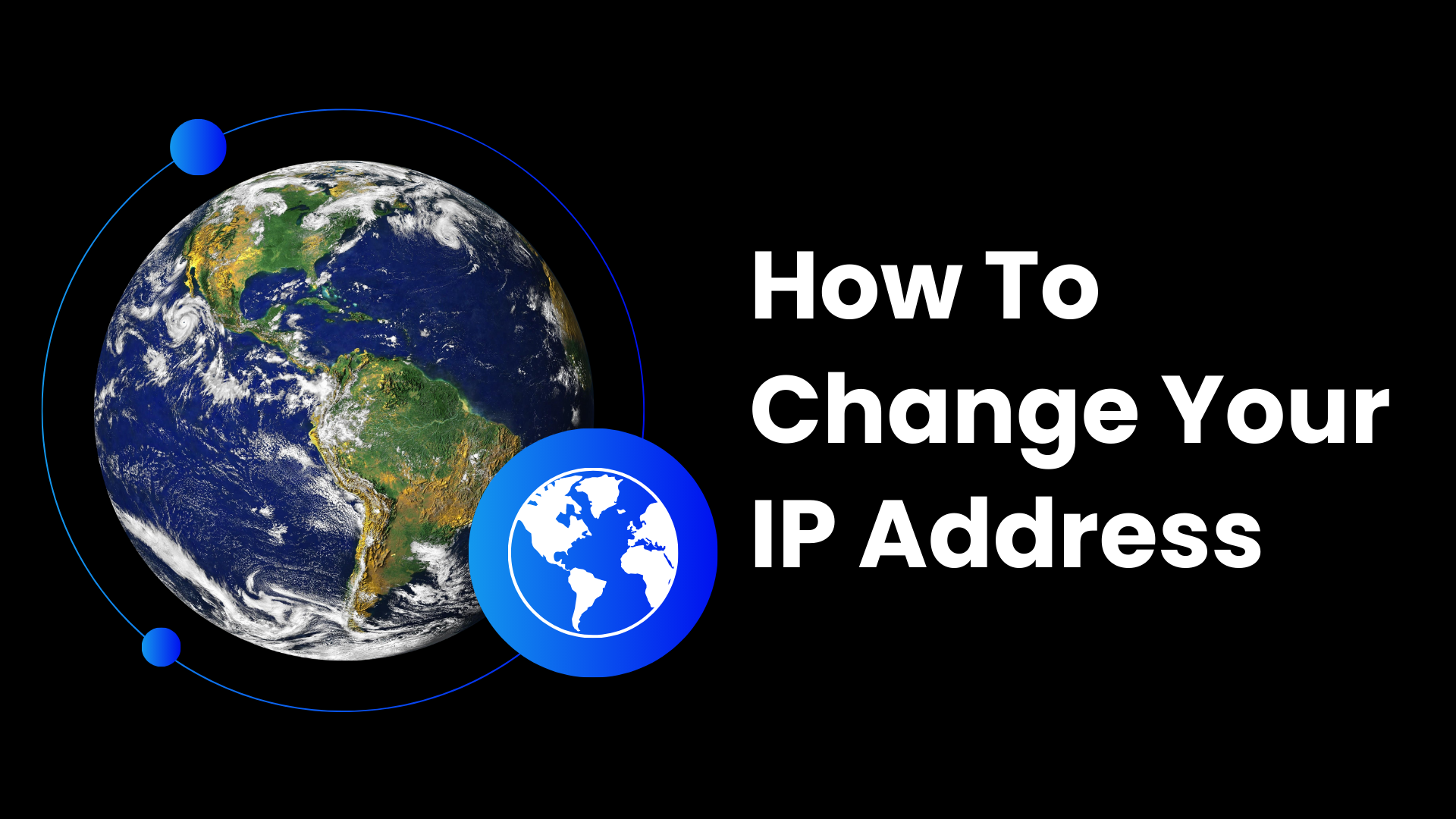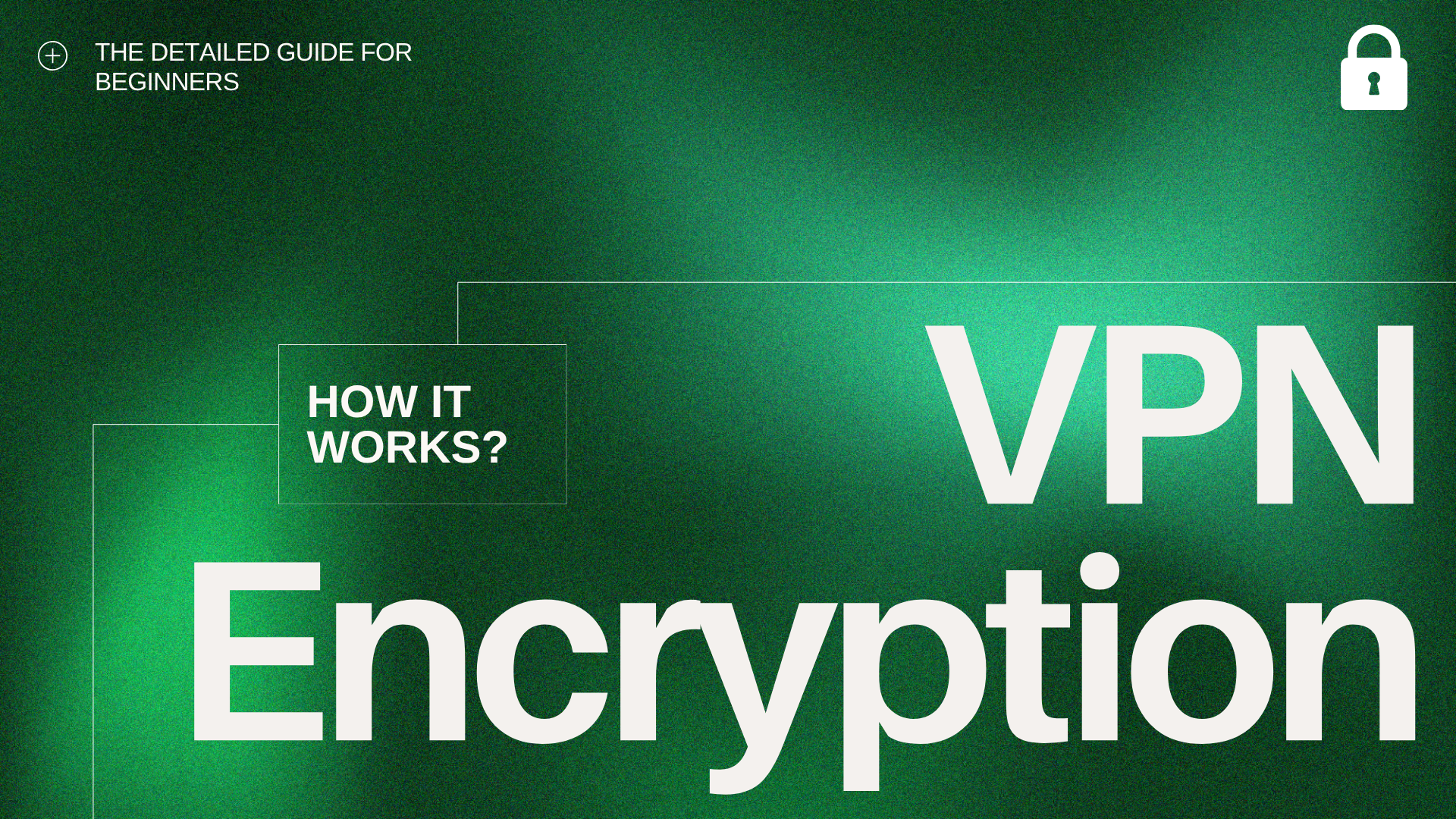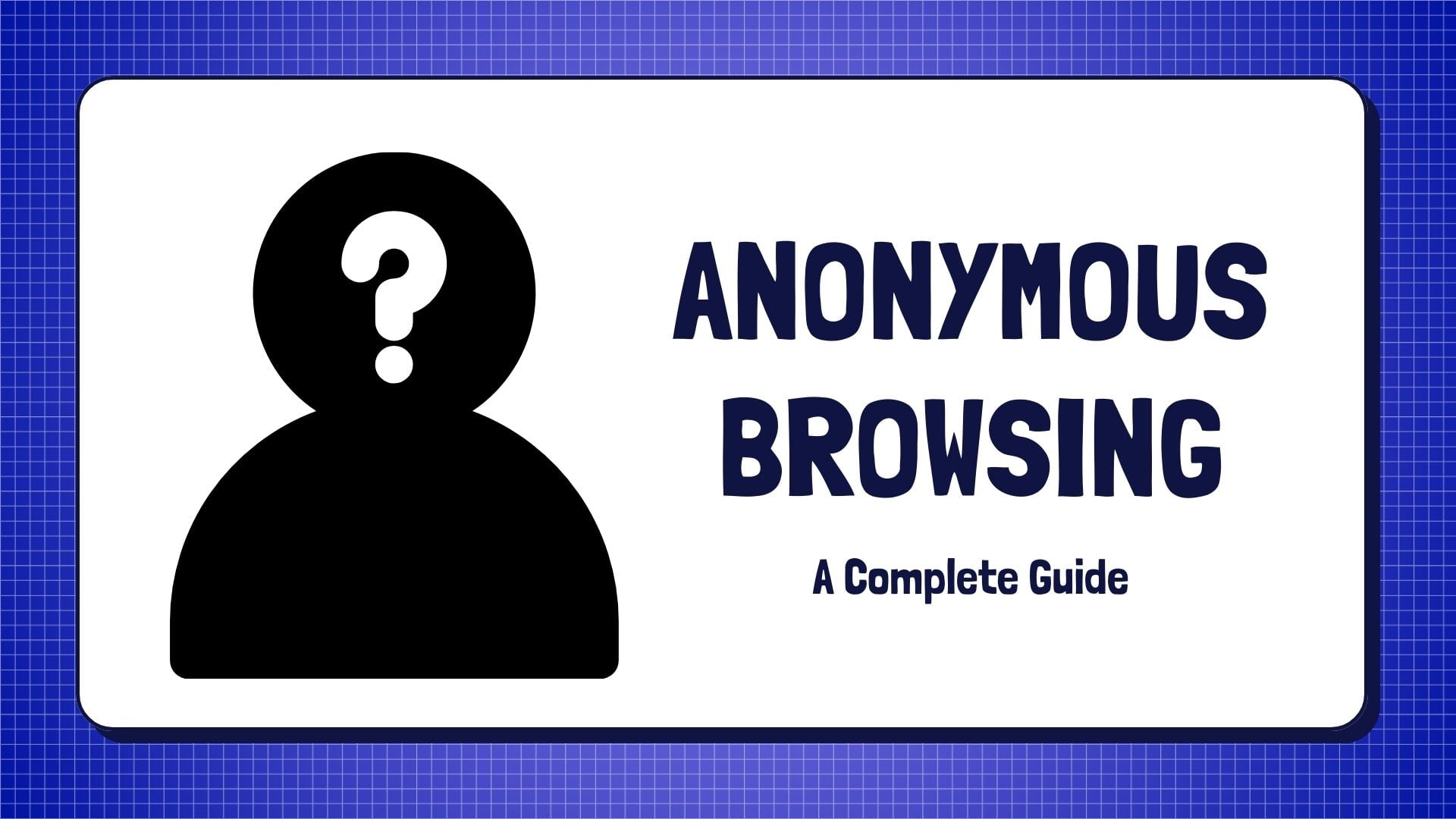
Whether you’re trying to protect your privacy, watch shows only available in another country, or fix a frustrating internet issue, learning how to change your IP address is a handy skill in today’s connected world.
You don’t need to be a tech wizard to do it. In fact, with just a few clicks, you can change your IP address using simple tools and settings, with no complicated coding or networking jargon required.
In this guide, we’ll walk you through everything you need to know, from beginner basics to more advanced methods. You’ll learn how to change your IP address on any device (Windows, Mac, Android, iPhone), and explore smart tools like VPNs, proxies, and more to help you do it safely and easily.
Table of Contents
What Is an IP Address and Why Does It Matter to You?
What Is an IP Address?
An IP address, or Internet Protocol address, is a unique set of numbers assigned to every device connected to the Internet. You can think of it as your device’s ID card, or better yet, your internet home address.
Imagine you live in an apartment building. If a delivery driver wants to bring you a package, they need your exact address to make sure it arrives at the right door. It works the same way on the internet. When you click on a website like YouTube, Google, or Instagram, you are basically placing an order and asking the internet to send something back to you.
To make that happen, your device has to say, “Here’s where I live, send the data here.” That “ address” is your IP address. But instead of saying something like “123 Maple Street,” it’s made up of numbers like 162.243.175.134.
You actually have two types of IP addresses: one that identifies your device inside your home (private IP), and another that identifies your home network on the internet (public IP).
Think of it like this:
- Public IP is the main street address of your apartment building. It tells the outside world where to send the delivery.
- Private IP is like your unit number inside the building. It tells your router which device inside your home should receive the package.
Every device in your home needs an IP address to get online. Your phone, your laptop, your smart TV, even your gaming console all need one to send and receive information.
Why Your IP Address Matters
Your IP address does more than just connect you. It also quietly shares details about you, like:
- Your general location, such as the city or region you are in
- The name of your internet service provider, like Comcast, AT&T, or Verizon
- Whether you are browsing on home Wi-Fi or using mobile data
Here’s an example of what it might look like when you look up your IP address online:

Some websites actually rely on this data. They might block certain content in your region, throttle your speed for some websites, or use your IP address to track your activity over time.
Why You May Want to Change Your IP Address
It’s easy to see why changing it can be a smart move. Think of it like moving to a new neighborhood, switching to a different mailbox, or using a temporary address when you want to keep your real one private. Changing your IP address can help you regain a bit of digital privacy and control over what others can see about you online.
1. To strengthen your online privacy
Your IP address can give away clues about your location and online activity. In fact, IP geolocation accuracy in 2025 reaches up to 99% for country-level and 90% for city-level data, making it surprisingly easy for websites, advertisers, and even cybercriminals to pinpoint your location, according to Litport’s 2025 IP geolocation report.
Changing your IP address helps break that chain. It’s like switching to an unlisted phone number: the fewer people who know it, the harder it is to follow your trail.
2. To access geo-blocked content
Streaming platforms, news websites, and even sports apps often tailor available content based on your IP location. That means your current IP address might stop you from watching a show that’s only available in another country.
When you change to an IP address associated with another region, content that was previously blocked becomes visible as if you were browsing from that location.
3. To overcome IP bans and throttling
Websites, games, and forums occasionally block a range of IP addresses, including yours. You can’t access that content, even if you did nothing wrong. Other times, your internet service provider (ISP) might throttle your connection based on limited bandwidth or internal policy decisions based on usage.
A new IP address can help you handle both issues. It’s like getting a new key when the old one stops opening the door.
4. To fix connection or configuration issues
Sometimes network glitches happen. Maybe two devices in your home ended up with the same IP address. Your router might load a bad configuration that keeps you offline.
In these cases, switching to a fresh IP address can often resolve the issue, especially if you reboot your router or assign a new IP address manually.
All the Ways to Change Your IP Address
Whatever the reason, you’re here because you want to change your IP address.
But before we jump in, it helps to know there’s more than one way to change your IP address. Each method has its pros and cons, and the best one depends on what you need: privacy, streaming, or fixing a connection issue.
So here’s a quick overview. You can scan the list, pick the method that fits your situation, and jump directly to the guide that walks you through it.
Method | What It Does | Anonymity | Ease of Use | Best For |
|---|---|---|---|---|
VPN | Routes your traffic through a remote server, giving you a new IP address in another location while encrypting your data. | High (with encryption) | Easy | Privacy, streaming, secure browsing |
Tor | Hides your IP by bouncing your traffic through multiple relays. It offers strong anonymity but can be slow. | Very High | Medium | Maximum anonymity |
Proxy | Sends your traffic through a third-party server, masking your IP address. Many are free, but they usually lack encryption. | Low–Medium (no encryption) | Medium | Lightweight tasks, simple masking |
Switch Network | Simply connecting to another Wi-Fi or hotspot can give you a different IP address, but the new address still reflects the real-world location of that network. | Low | Easy | Quick one-time IP address refresh |
Restart Router | If you have a dynamic IP address, turning off your router for a few minutes may cause your ISP to assign a new one. | Low–Medium | Easy | Fixing connectivity issues |
Contact ISP | You can request a new IP address directly from your internet provider. This is more permanent but might take time. | High (if granted) | High (if granted) | Long-term IP address change |
Manual Change | You can change your local (private) IP via your device’s network settings. This won’t affect your public IP, but it’s useful for fixing conflicts in your home network. | Local Only | Medium | Medium Network troubleshooting, local config tweaks |
Prefer to change your IP address manually?
We’ve created step-by-step guides for each platform. Choose your device to skip straight to the relevant method:
>> Change IP address on Android
>> Change IP address on iPhone
>> Change IP address on Mac
>> Change IP address on Windows
How to Use a VPN to Change Your IP Address
Using a VPN is the easiest and safest way to change your IP address. It routes your internet traffic through an encrypted tunnel to a remote server, giving you a new IP address in another country or region.
1. Choose and install a VPN
Pick a trustworthy VPN provider. For example, X-VPN offers a completely free VPN. No signup is required, and just one tap lets you encrypt your data for complete privacy.
2. Connect to a server in your preferred country
If your goal is to access content from a specific region, like watching a show only available in the U.S., you can select a server in that country. The best VPNs have a large worldwide network of secure servers.

How to Use Tor to Change Your IP Address
Tor is a free tool that hides your IP address by routing your traffic through a random chain of servers (also known as nodes or relays) around the world. It’s designed for anonymity, not speed. So while it’s great for private browsing, it’s not ideal for streaming or downloading large files.
1. Download the Tor browser
Go to the official Tor Project website and download the browser for your device. It’s available for Windows, macOS, Linux, and Android.
2. Open Tor and start browsing
When you launch the browser for the first time, you’ll see a “Connect” button. Click it to start linking with the Tor network. Once connected, your traffic is routed anonymously, and your IP address is masked.
Tor offers strong anonymity, but it’s not foolproof. Avoid logging into personal accounts like banking or social media while using it. Doing so can reveal your identity or trigger security checks.

How to Use a Proxy Server to Change Your IP Address
A proxy server acts as a middleman between your device and the internet. When you use one, your traffic is routed through the proxy, and websites only see the proxy’s IP address, not yours. It’s a quick way to mask your IP address. However, unlike VPNs, most proxies don’t encrypt your data, so they’re better suited for low-risk browsing. Don’t log into critical accounts via a proxy since your data can be intercepted.
One of the easiest ways to try a proxy is by using a web-based tool like CroxyProxy. You simply open the site in your browser, enter the website you want to visit, and CroxyProxy loads it for you using a different IP address. No downloads, no setup, just quick, one-time access.

How to Switch Networks to Change Your IP Address
One of the easiest ways to change your IP address is simply to connect to a different network.
Your IP address is assigned by the network you’re using, so switching from your home Wi-Fi to mobile data, or jumping onto a public hotspot at a café or library, will usually give you a new IP address.
1. Disconnect from your current Wi-Fi
On your phone or laptop, turn off Wi-Fi or click “Forget This Network.”
2. Connect to a different network
This could be:
- A public Wi-Fi (like at a coffee shop or airport)
- Your mobile data (turn off Wi-Fi to use cellular)
- A friend’s or neighbor’s Wi-Fi (with permission, of course)
How to Restart Your Router to Change Your IP Address

If your internet provider gives you a dynamic IP address (which many do), restarting your router is a simple way to get a new one.
When you go offline for a while, your ISP may release your current IP address and assign you a different one when you reconnect.
1. Unplug your router
Physically disconnect the power cord from your router.
2. Wait for 5–10 minutes
This gives your ISP time to release the old IP address. If that doesn’t work, try waiting 30 minutes or more.
How to Contact Your ISP to Change Your IP Address
If restarting your router doesn’t work, or if you need a more permanent solution, you can ask your Internet Service Provider (ISP) to change your IP address directly.
This is the most manual method, but it gives you more control, especially if you want a static IP address or a clean new one after getting banned or blocked online.
1. Find your ISP’s customer support contact
This could be live chat, a phone number, or an online request form. Check their official website.
2. Ask for a new IP address
You can say something like:
“Hi, I’d like to request a new IP address. I’m currently on a dynamic IP, and I need it refreshed.”
3. Request a static IP address
Some ISPs offer a static IP address for a monthly fee. This means your IP address stays fixed and won’t change unless you request it again, which is useful for remote access or hosting.
4. Follow their instructions
Depending on your provider, they may walk you through restarting your modem, or they may change it remotely.
How to Manually Set a New IP Address on Your Device
This method won’t change your public IP address, but it does let you change your local (private) IP address, which can help fix network issues inside your home.
Think of this like changing the apartment number inside your building, not the building’s street address. It’s useful if two devices are conflicting, or you want more control over how devices connect to your Wi-Fi network.
On Windows
- Go to Settings > Network & Internet > Wi-Fi (or Ethernet)
- Click your current connection and select Edit IP assignment
- Choose Manual, then enter the IP address you want (e.g., 192.168.1.150)
👉 See full guide: How to Change IP Address on Windows
On macOS
- Go to System Settings > Network
- Select your network, click Details, then go to TCP/IP
- Choose Manually, then set your new IP address
👉 See full guide: How to Change IP Address on Mac
On iPhone
- Go to Settings > Wi-Fi
- Tap the ⓘ next to your network
Scroll to Configure IP, switch to Manual, and enter your new IP address
👉 See full guide: How to Change IP Address on iPhone
On Android
- Go to Settings > Network & Internet > Wi-Fi
- Tap your network, then go to Advanced > IP address settings
- Switch from DHCP to Static, then enter a new local IP address
👉 See full guide: How to Change IP Address on Android

How to Check If Your IP Address Has Changed
After you change your IP address, it’s important to verify that it actually worked. The way you check depends on which kind of IP address you changed, public or private.
Methods that change your public IP address
If you used one of the methods below, you changed your public IP address, the one seen by websites, apps, and services across the internet.
These methods include:
- VPN
- Proxy
- Tor browser
- Switching to a different Wi-Fi or mobile network
- Restarting your router (if you have a dynamic IP address)
- Contacting your ISP for a new IP address
How to check:
- Open the free IP address Checker.
- Compare the IP address to your previous IP address (check before and after using the same tool).
If the IP address has changed, your public IP switch was successful.
If you changed your private IP address
Applies to methods like:
Manually setting a new IP address on Windows, Mac, iPhone, or Android
How to check:
Check inside your device’s network settings:
- Windows: Settings > Network & Internet > View Hardware and Connection Properties
- Mac: System Settings > Network > TCP/IP
- iPhone: Settings > Wi-Fi > Tap ( ⓘ ) next to your network
- Android: Settings > Network & Internet > Wi-Fi > Network Details
Look for the field labeled IP address. That’s your private IP address on the local network.
Note: Private IP address changes are only visible to your router or devices on your local network, not to websites or external services.
Congrats! You’ve Just Unlocked a Core Internet Skill
If you’ve made it this far, you now know how to change your IP address, and that’s a big deal.
It means you’re no longer just a passive user online. You’ve taken a key step toward protecting your privacy, expanding what you can access, and fixing problems that used to feel out of your control.
A few things to keep in mind:
- Your new IP address usually isn’t permanent. Unless you switched to a static IP address, it will change when you reconnect or go from Wi-Fi to mobile. That’s normal, so just change your IP address as needed.
- Some services may react to your new IP address. Banking apps, email services, or Netflix might ask for re-verification if they detect your IP address has changed. Don’t panic. It’s just a security check.
- Check your IP address regularly. Use an IP address checker to confirm you’re using the address you want, especially if you’re trying to access content in a specific region.
Changing your IP address is one of those rare tech tricks that takes only minutes but gives you long-term control over how you appear online.
So next time a website blocks you, or you want to stream a show not available in your country, you’ll know exactly what to do.
FAQs
Is changing your IP address illegal?
No, it is legal to change your IP address in most countries, especially for privacy, security, or troubleshooting purposes. However, using a different IP address to commit fraud or hide illegal activity is still against the law.
How do I change my IP address for free?
You can:
· Use a free VPN service like X-VPN (or its affordable unlimited plan)
· Switch to another Wi-Fi network or mobile hotspot
· Restart your router (for dynamic IP addresses)
· Use a free proxy website like CroxyProxy
Will changing my IP address affect internet speed?
It depends on how you change it. Tor can significantly slow browsing. VPNs affect speed, but have less impact. Proxies reduce speed minimally but lack encryption and location choices.
Methods like restarting your router or switching networks shouldn’t affect performance and could actually help. For the best combination of speed, security, and privacy, use a quality VPN on a strong local network.
How can I get an IP address from another country?
The easiest way is to use a VPN. Just connect to a server in the country you want. For example, connect to a US server to get a US IP address for streaming Netflix.
Other methods, like proxies, usually don’t let you choose the country, and your ISP can’t assign foreign IP addresses. So VPNs are the most reliable option.
How can I change my IP address immediately?
The fastest method is to connect to a VPN. With just one tap, your IP address is instantly replaced by the server’s IP address in your selected location.



